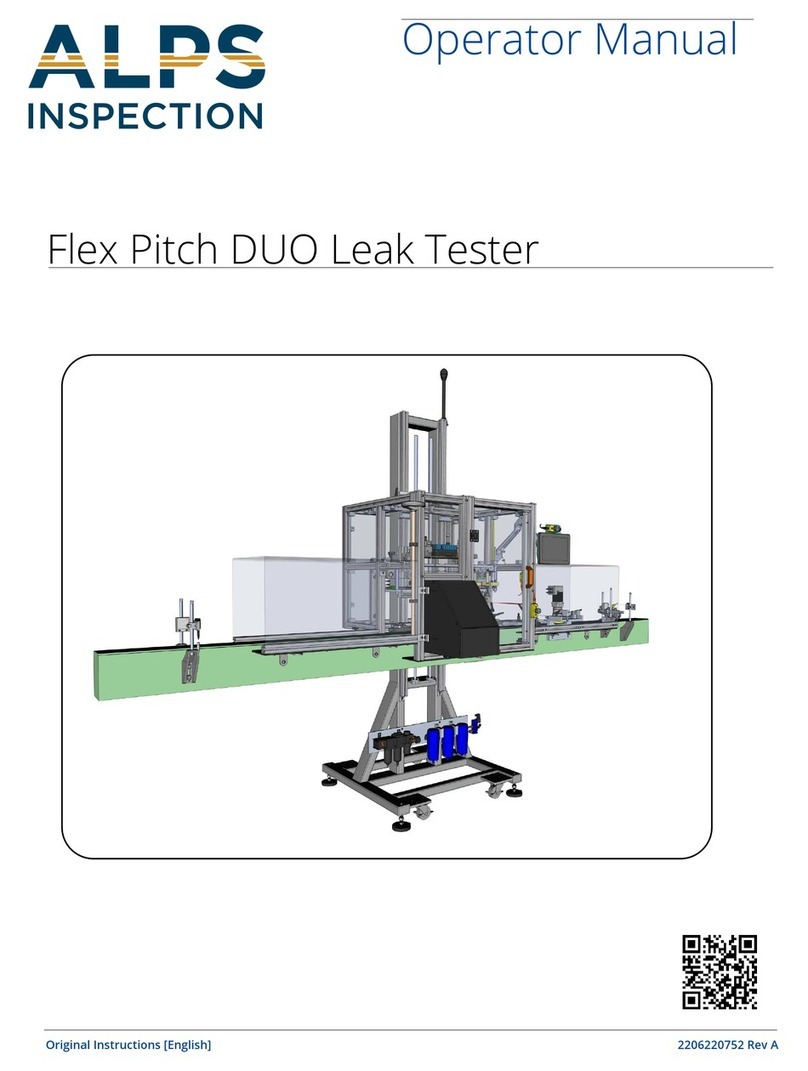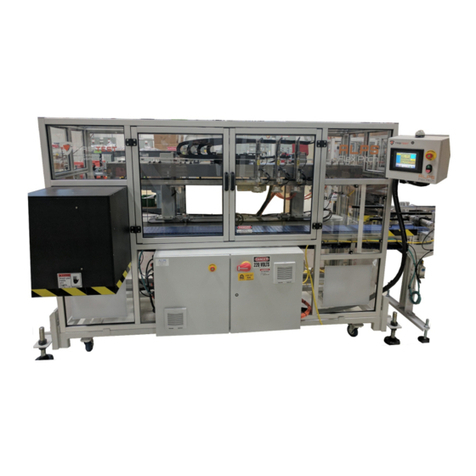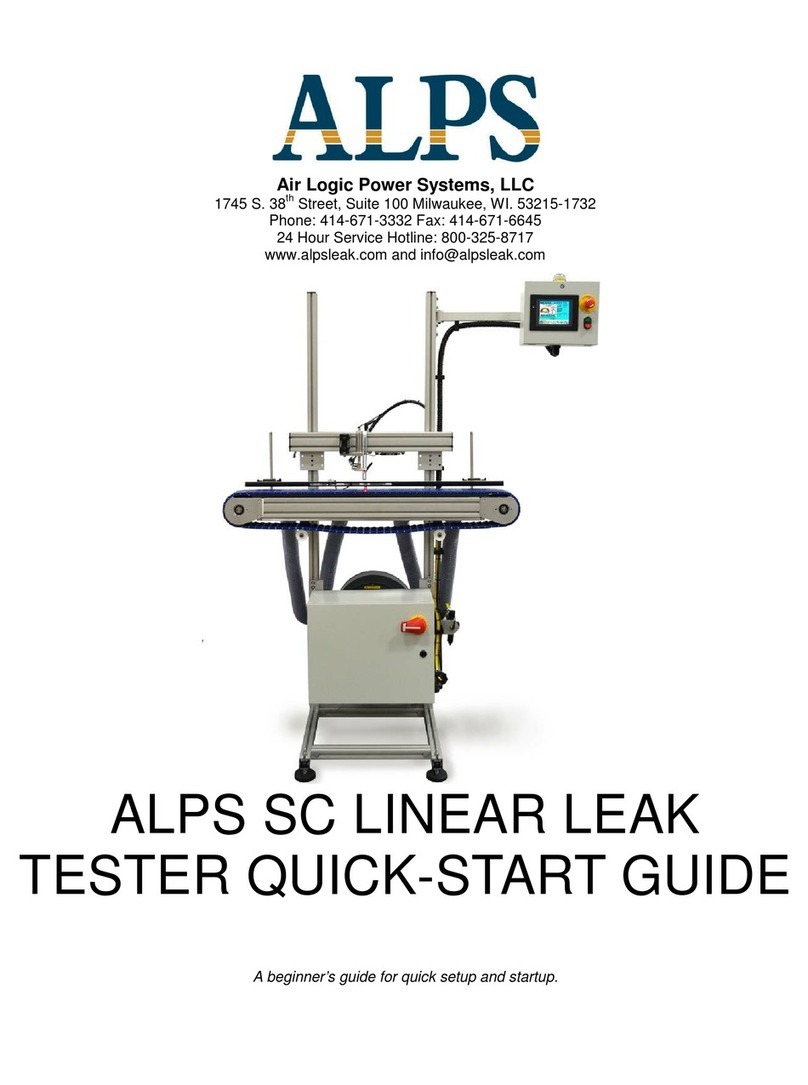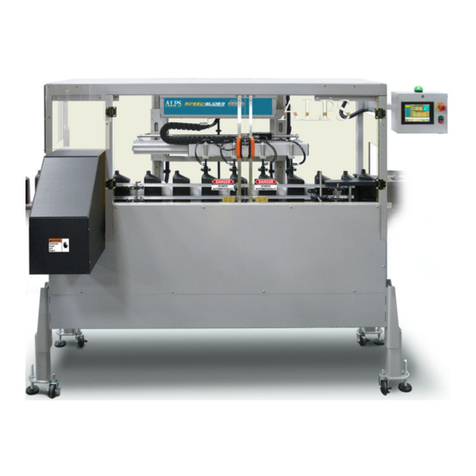
iv
Flex Pitch Operator Manual
11.6 Probe Take O Overview..........................................................................................................24
11.7 How to Use Probe Take O .....................................................................................................24
11.8 Reject Timing ...............................................................................................................................26
11.9 Conveyor Speed Setting ...........................................................................................................27
12 Optional Functions Overview & Use...................................................................................27
12.1 Spacing Wheel (Optional).........................................................................................................28
12.2 Automatic Rail Guide (Optional) .............................................................................................29
12.3 Automatic Carriage Height (Optional)...................................................................................29
12.4 Reject Verication (Optional)...................................................................................................30
12.5 Down Stream Jam Timer (Optional).......................................................................................30
13 Recipes Overview ...................................................................................................................31
13.1 How to Use Recipes...................................................................................................................32
13.2 Test Results Menu......................................................................................................................36
14 All Results, Individual Results, Timer Details and Recent Rejects Overview..............38
14.1 How to Use All Results ..............................................................................................................38
14.2 How to Use Individual Results ................................................................................................39
14.3 How to Use The Cycle Time Statistics ...................................................................................40
15 Alarm Log & Counters Overview .........................................................................................43
15.1 How to Use Alarm Counters....................................................................................................44
15.2 How to Use Alarm Log ..............................................................................................................44
16 Manual Test Overview............................................................................................................46
16.1 How to Use Manual Test ..........................................................................................................47
17 Inputs and Outputs Overview ..............................................................................................48
17.1 Analog Inputs ..............................................................................................................................48
17.2 Digital Inputs................................................................................................................................49
17.3 Analog Inputs ..............................................................................................................................49
17.4 Digital Outputs............................................................................................................................50
17.5 I/O Forcing, and Maintenance.................................................................................................50
17.6 Interface I/O Screen...................................................................................................................53
18 How to Use Inputs and Outputs..........................................................................................54
18.1 How to Use Analog Inputs .......................................................................................................55
18.2 How to Use Digital Inputs.........................................................................................................55
18.3 How to Use Analog Outputs....................................................................................................55
18.4 How to Use Digital Outputs.....................................................................................................55
19 Station Diagnostic overview..................................................................................................55



































